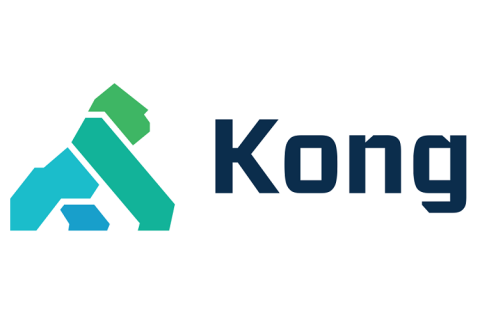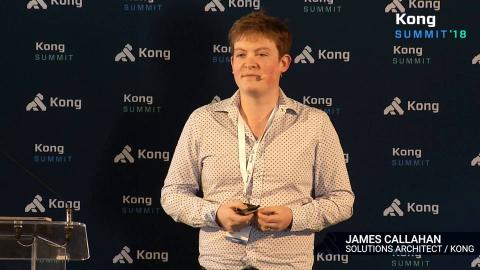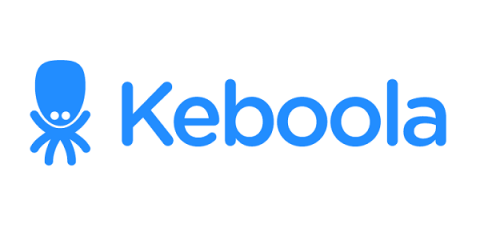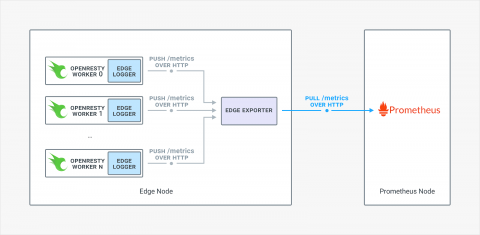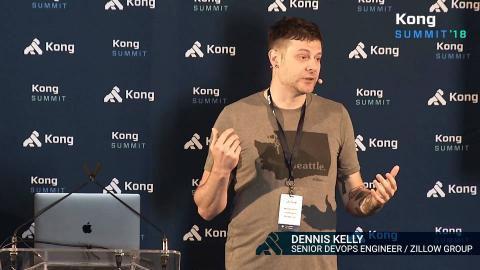Steps to Deploying Kong as a Service Mesh
In a previous post, we explained how the team at Kong thinks of the term “service mesh.” In this post, we’ll start digging into the workings of Kong deployed as a mesh. We’ll talk about a hypothetical example of the smallest possible deployment of a mesh, with two services talking to each other via two Kong instances – one local to each service.


